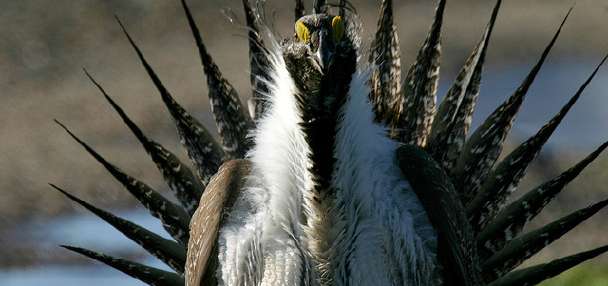Estimated read time: 2-3 minutes
- Dust from western Utah and Nevada spiked the air quality index in Salt Lake City to unhealthy levels Monday and Tuesday.
- Wind gusts over 45 mph contributed to the dust, highlighting recurring air quality issues.
SALT LAKE CITY — A camera atop the William Browning Building at the University of Utah captured the exact moment a cold front swept through Utah's capital late Monday and how it dropped the city's air quality to unhealthy levels.
The city's skyline briefly disappeared from the camera view just before 11:30 p.m. as dust from several sources blew through downtown. Air quality index levels quickly spiked to 129, making it unhealthy for sensitive groups and the third-worst among U.S. cities tracked by IQAir.
Great visual evidence of tonight's cold front passage from the cameras atop the Browning Building at @UUtah! Dust lofted into the air by strong winds accompanying the front swept through the Salt Lake Valley late this evening, resulting in rapidly deteriorating visibility. #utwxpic.twitter.com/ZfJENYu8gK
— NWS Salt Lake City (@NWSSaltLakeCity) May 13, 2025
Air quality monitors picked up levels that reached unhealthy and very unhealthy levels at other points on Monday and early Tuesday as a cold front swept through the state.
Dust and other factors are impacting Utah's air today. Some areas have elevated PM2.5 due to wind-blown dust.
— UCAIR (@UCAIR_UT) May 13, 2025
AQI levels:
• Green – Good
• Yellow – Moderate
• Orange – Unhealthy for Sensitive Groups
• Red – Unhealthy
• Purple – Very Unhealthy
• Maroon – Hazardous#UCAIRpic.twitter.com/5yqTPO67KI
Satellite images indicate that the dust was primarily coming from the West Desert, as well as other parts of western Utah and eastern Nevada, including the dried Sevier Lake. KSL meteorologist Matt Johnson explained that wind gusts exceeding 45 mph picked up the dust throughout many parts of the state and carried it into the Wasatch Front. This intensified as the cold front neared, leading to what was captured by the university camera.
Blowing dust from the West Desert also created nearly white-out conditions on I-80 in Tooele County, per a picture that Mike O'Donnell submitted to KSL Weather.
Air quality has since improved to healthy levels, but Monday's wind event highlights a recurring air quality challenge that joins wintertime inversions, summertime ozone, and wildfire smoke.
Most of the West Desert and the western side of central Utah remain in either moderate or severe drought. That's helped increase the "unvegetated or disturbed soils," which can be picked up during wind events, says Bryce Bird, director of the Utah Division of Air Quality. This issue also applies to the Great Salt Lake.
"The conditions in the spring and summer are favorable for creating large dust events," Bird said after a Great Salt Lake dust event last month. "In the spring, the freezing and thawing of surface moisture can loosen the protective crust that may otherwise protect the surface from wind erosion," he explained last month.










